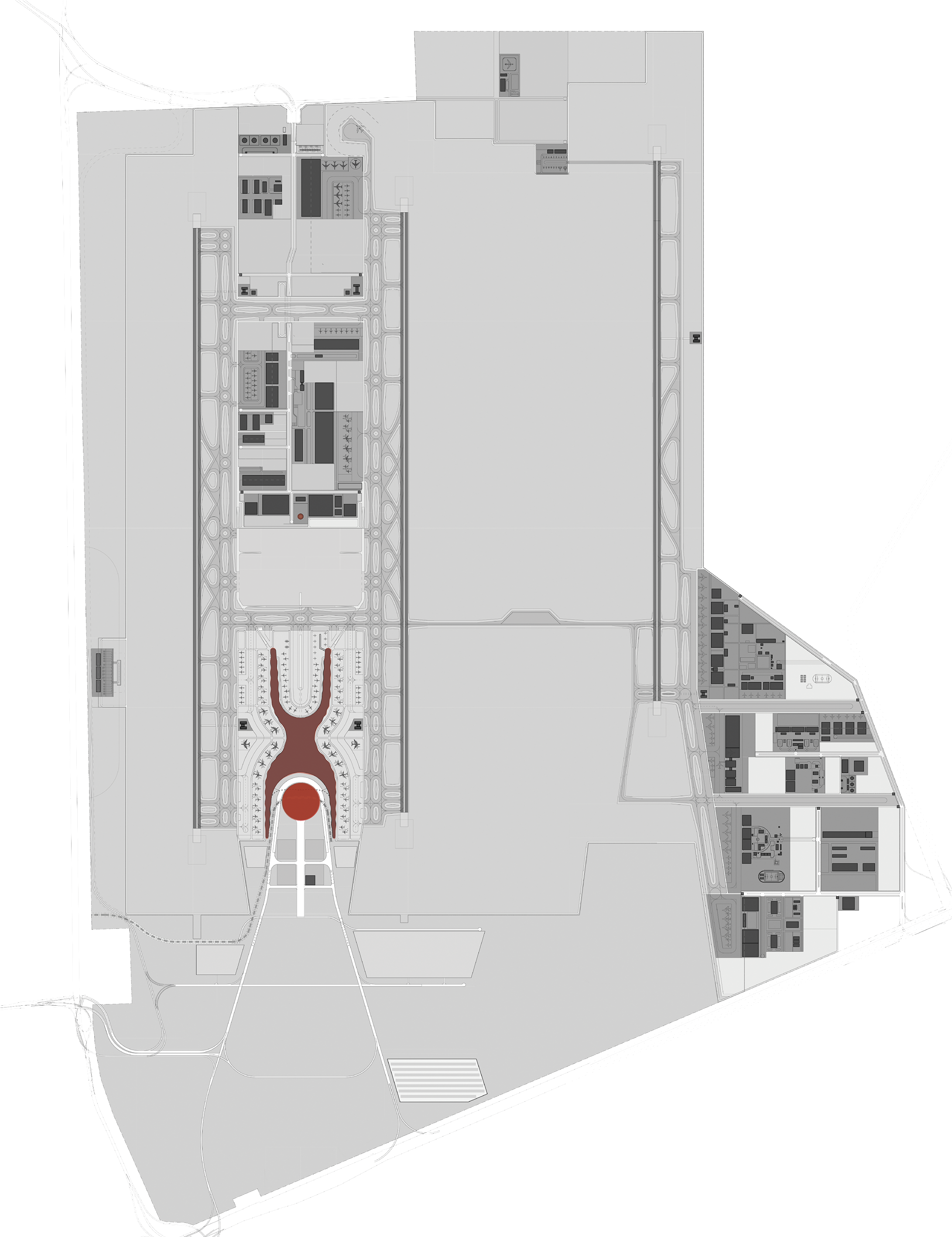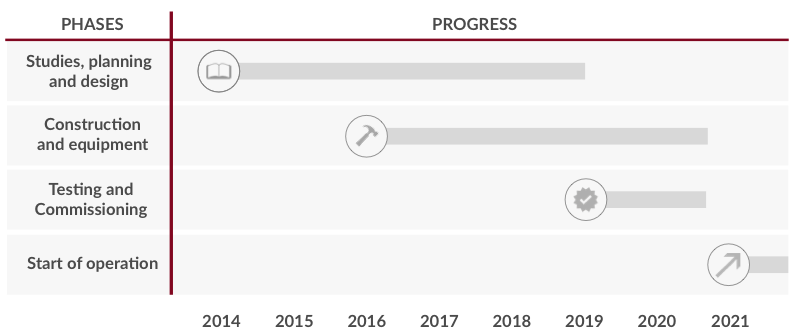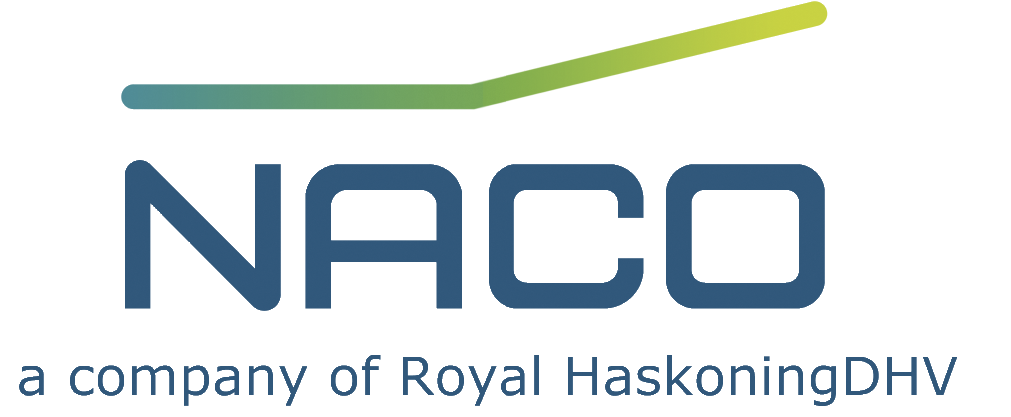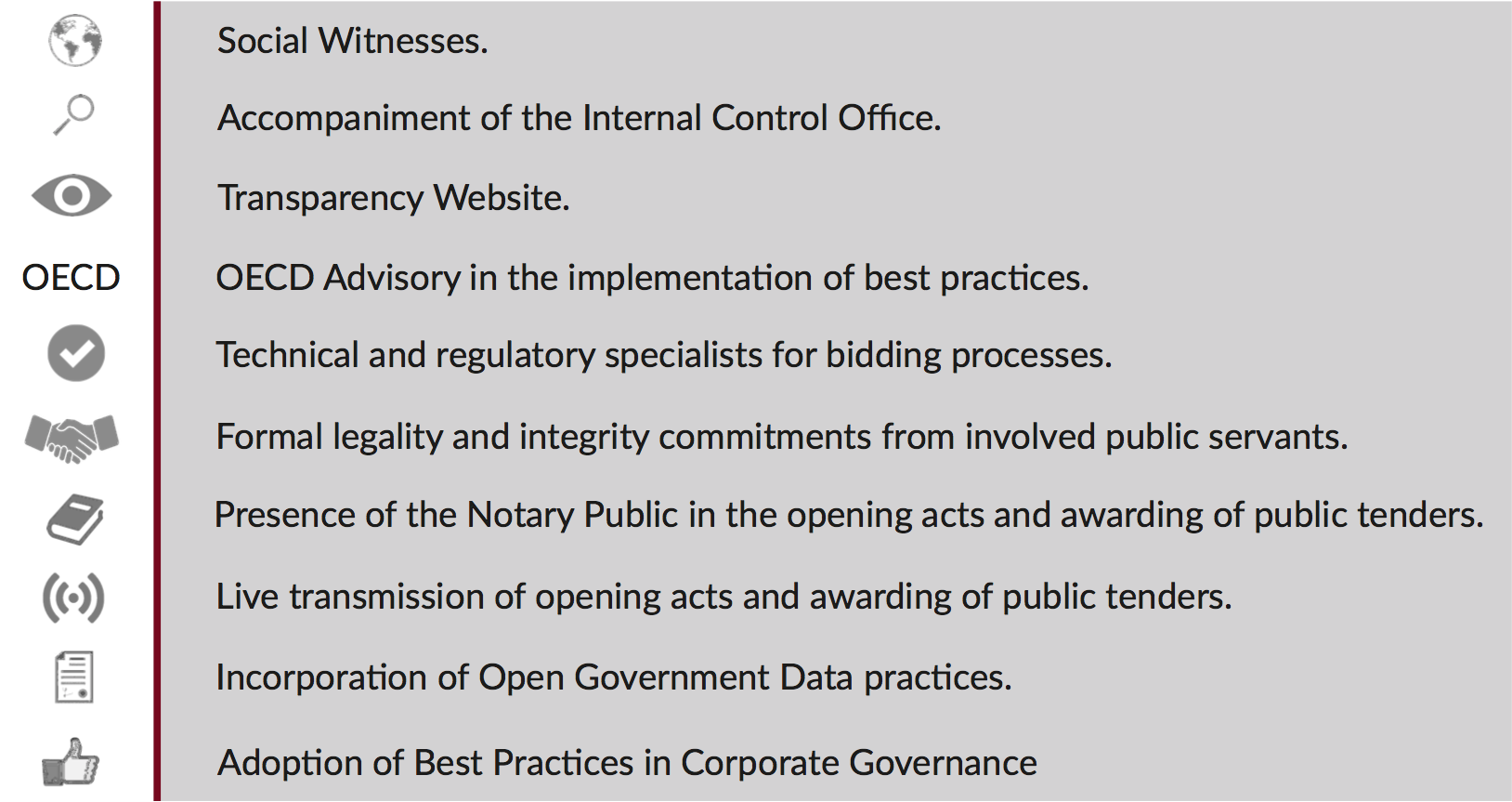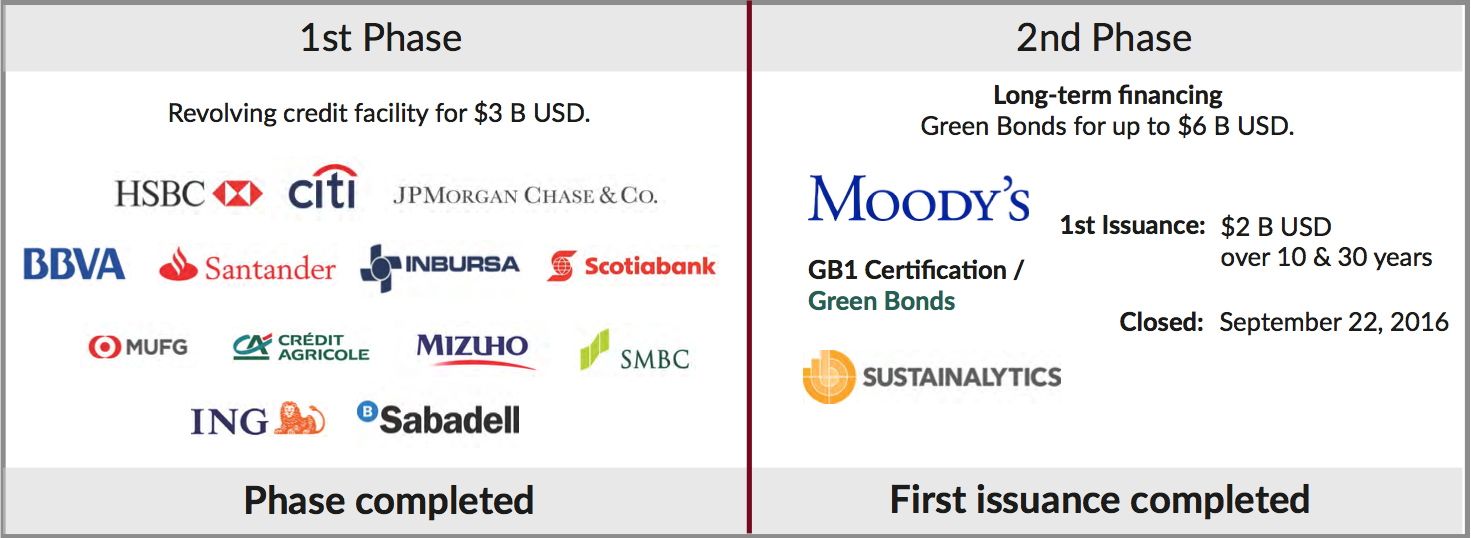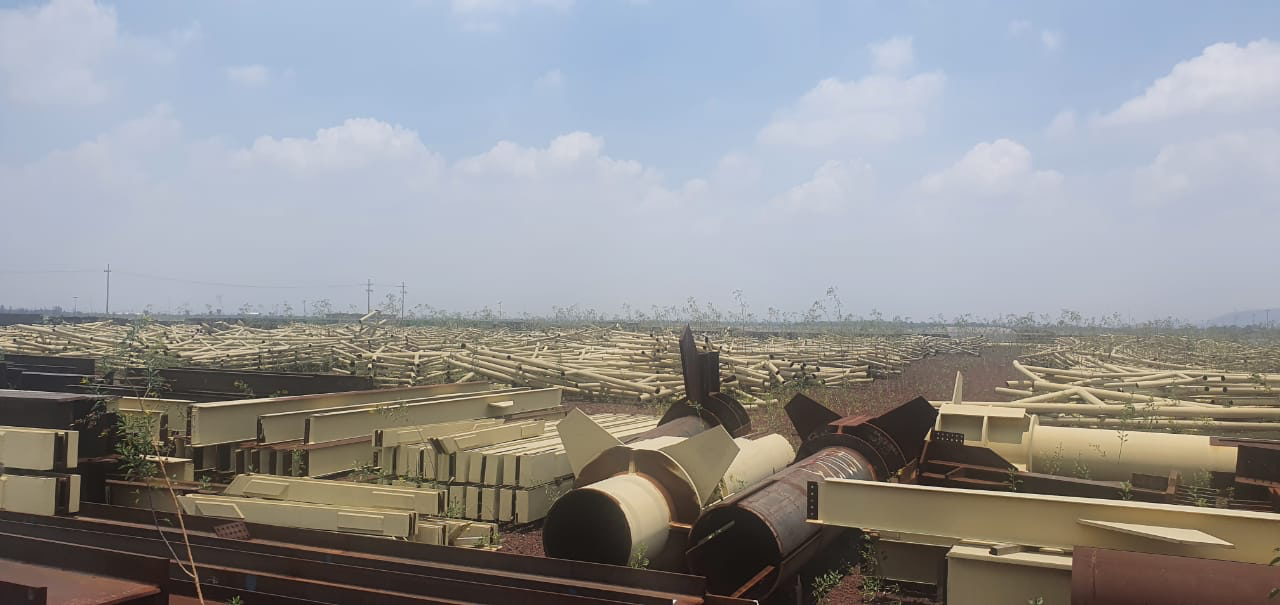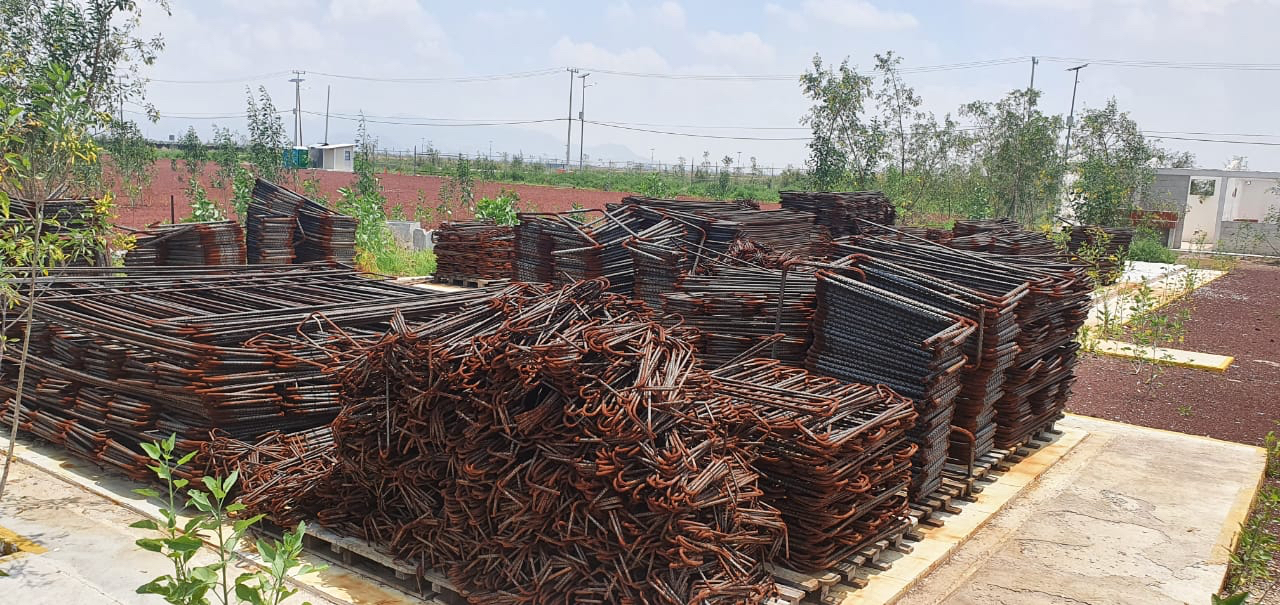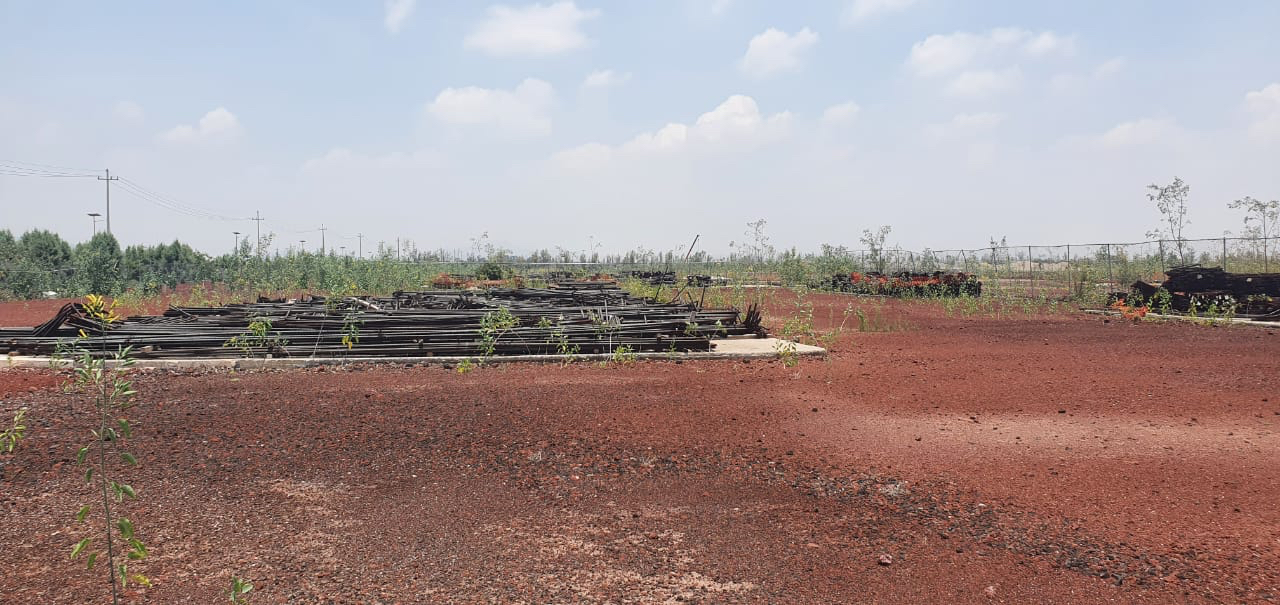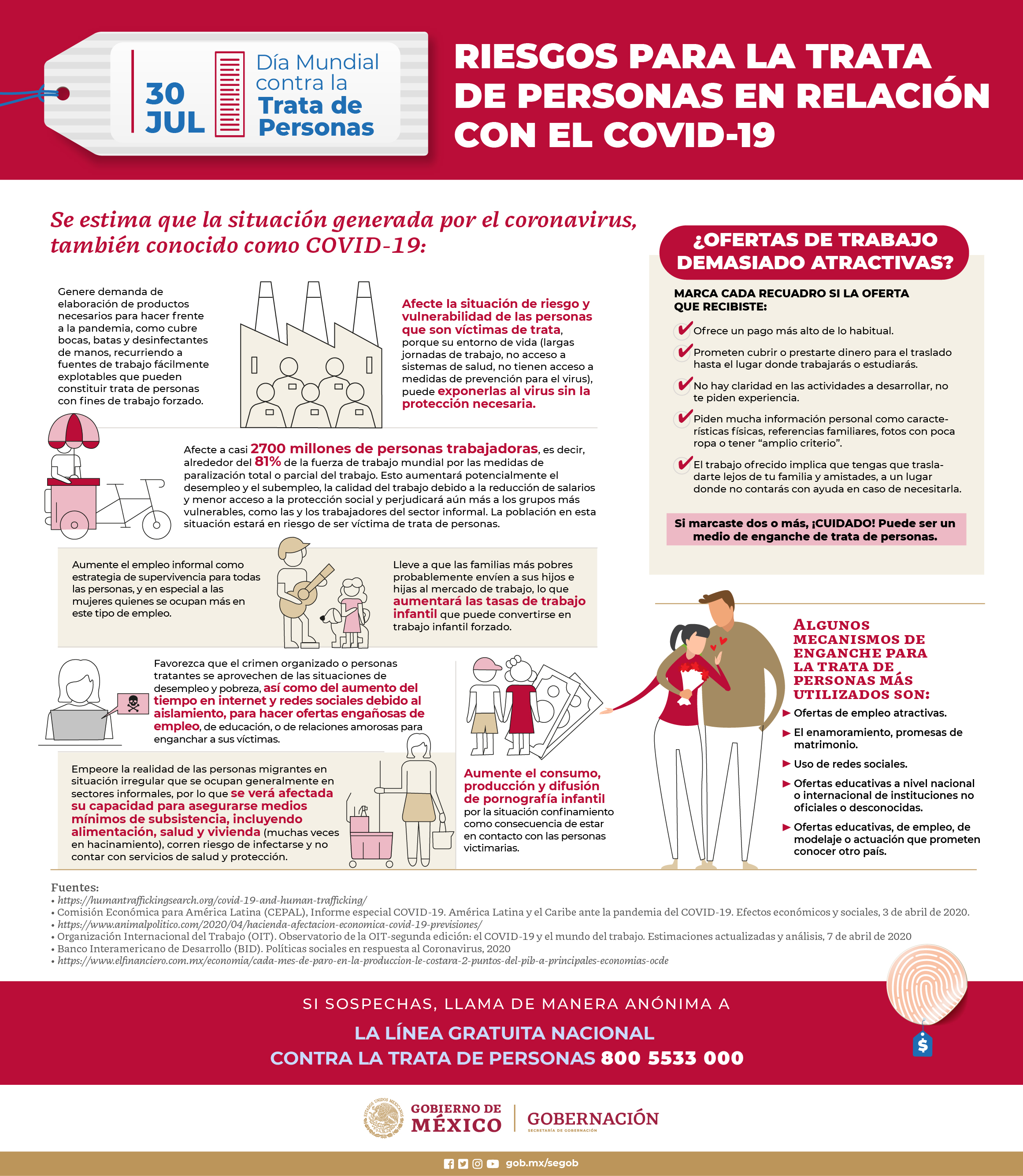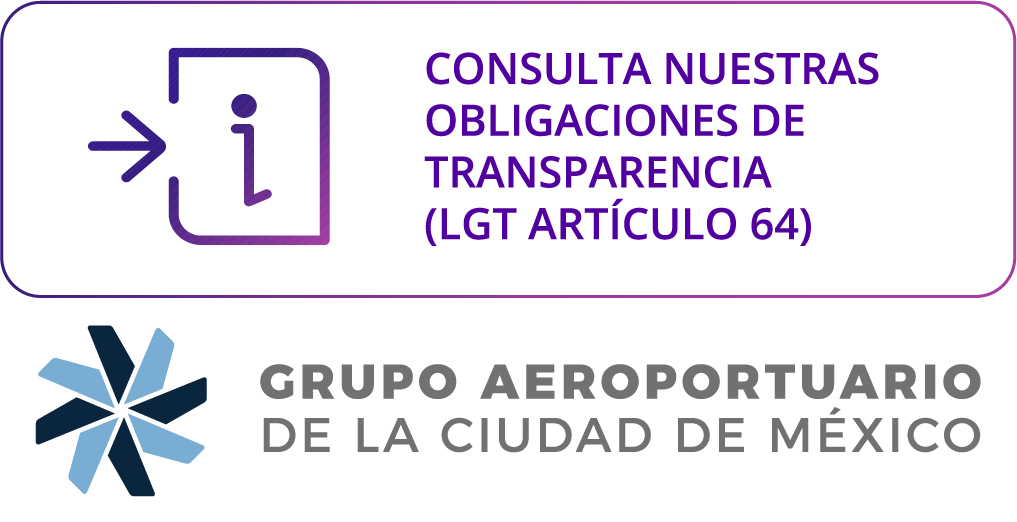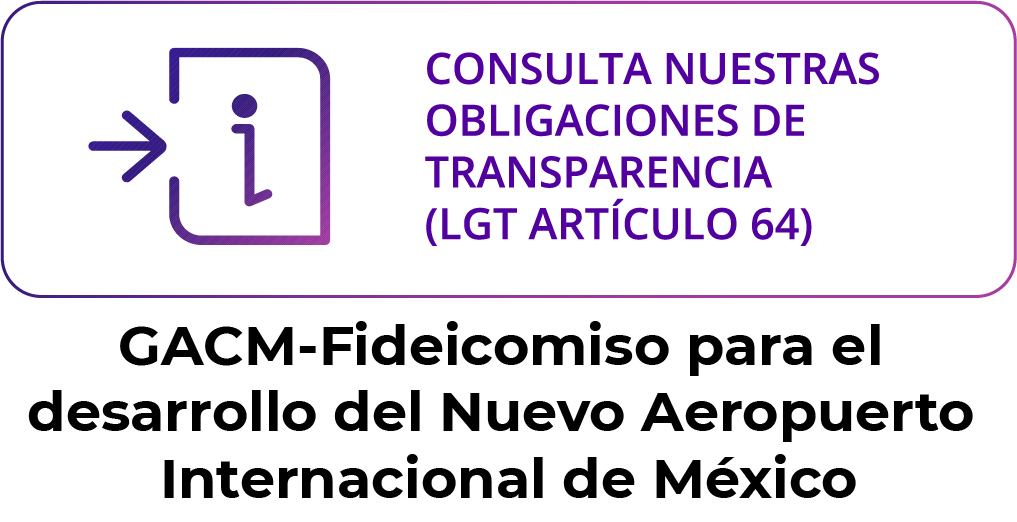MOVING FROM DESIGN AND PLANNING TO CONSTRUCTION
In the last quarter of 2015, our focus shifted from design and planning to construction. It began with the execution of the preliminary works which prepared the grounds for the construction of airport infrastructure from 2016 on.
61,000 km of drains for runways 2 and 3, equivalent to going around the Earth one and a half times.
COMPLETED WORKS. PRELIMINARY WORKS AND SITE PREPARATION
In order to start main construction of airport infrastructure, it was necessary to carry out the following:
I. Preliminary works
Construction of the on-site offices.
250 work places.
7,500 m2.
Temporary drainage.
11.3 km of embankments.
9.3 km of canals.
3 water pumping plants.
33 km of perimeter fence and road.
Perimeter fence and road.
II. Site preparation
Site leveling.
Leveling and clearing of 1,147
to create a uniform work platform.
Debris removal.
Removal of 2.3 millions m3 of debris.
Access roads.
48 km of internal access roads.
WORK-IN-PROGRESS
Electrical sub-station
18 feeders with 180 MVA and 27 MVAr total capacity.
Runway 2
5 km long by 60 m wide.
Runway 3
5 km long by 60 m wide.
Piles
Passenger Terminal, ATCT y GTC
More than 8,000 piles
Construction Manager
Passenger Terminal
Responsible for ensuring the quality of construction.
Foundations
Passenger Terminal
300,000 m2 concrete and steel slab, 1.5 m thick.
Passenger Terminal
743,000 m2 of construction distributed across 4 levels.
Air Traffic Control Tower
90 m tall, with 4,600 m2 of construction.
Construction Manager
Runways
Responsible for ensuring the quality of runway construction.
Foundations
GTC
Concrete and steel slab foundations for the Ground GTC Transportation Center.
To date, 65% of project resources have already been commited.
SUSTAINABILITY
The New Airport will redefine the way major infrastructure projects are developed in Mexico. It will be a global reference in airport design, construction and sustainable operation, acaining LEED certification while reducing energy consumption and emissions in a cost-effective way.
It will also contribute to improving quality of life of the neighboring population and the environment: preventing floods, creating jobs, and protecting biodiversity.
BENEFITS OF A LEED CERTIFIED AIRPORT
> 70% reduction in potable water consumption compared to traditional airports.
> 50% energy consumption reduction when compared to the Current Airport.
> 50% of the construction materials will be sourced locally.
> 75% of the waste materials generated during construction will be reused.
> Efficient use of natural lighting in the Passenger Terminal.
ACTIONS UNDERWAY TO MEET THESE GOALS
> The New Airport is being designed to meet LEED Platinum certification standards.
> The company responsible for LEED commissioning has been hired.
HIDRAULIC MASTER PLAN
The Hydraulic Master Plan includes:
> Reservoirs: Expanding and building 9 reservoirs to increase water regulating capacity from 13 Mm3 to 38 Mm3.
> Riverbed Rehabilitation: Reconfiguring 13 channels to improve runoff.
> River Clean-up: 150 km of collectors along 9 rivers to redirect runoff.
> Water Treatment: 22 new water treatment plants and rehabilitating 2.
> Tubing & Tunnels: Tubing 7.2 km of channels and building 43 km of tunnels.
SOCIAL VISION
The New Airport will be a pioneer for social inclusion, becoming a primary source of jobs and economic revenue for neighboring inhabitants.
Given the relevance of the project's social component, a series of initiatives are being pursued with the collaboration of government agencies and companies currently involved with the project.
Employment:
40,0000 jobs to date.
160,000 jobs during construction.
450,000 jobs once the New Airport is operational.
TRANSPARENCY Y ACCOUNTABILITY
The New Airport has adopted best practices to become a global reference in the construction of public infrastructure projects, using principles of full transparency, accountability, and access to information.
As part of Mexico’s commitment during the Open Government Partnership Summit, the New Airport pioneered the adoption of the Open Contracting Data Standard.
Contracts are available on this page.
The New Airport is aspiring to become a global reference in macers of integrity and transparency through:
THE ADOPTION OF BEST INTERNATIONAL PRACTICES IN TRANSPARENCY & ACCOUNTABILITY
FINANCING
A SELF-FINANCING PROJECT
MIXED FINANCING SCHEME
A mixed scheme involving both public and private financing was developed with the purpose of guaranteeing:
> It remains a government-owned asset.
> Minimal impact on public finances through the use of excess cashflows from the Current Airport and the New Airport.
> The Current Airport possesses sufficient funding for the operation and maintenance of its facilities.
The excess cashflows generated by the Current Airport and the New Airport are sufficient to repay the debt as well as the government’s investment.
The New Airport’s financial strategy has been recognized world-wide by the following institutions:
ROAD TO 2020
Even though the GACM was only recently created, it has advanced steadily in developing this airport in coordination with the Secretariat of Communications and Transportation, Project Manager, Master Architect, Master Civil Engineer, as well as with other government agencies and sectors.
Ongoing efforts are focused on launching the New Airport by 2020, and on the development of the following projects:
AIRPORT INFRASTRUCTURE STARTING IN 2017
> Road Interchanges (3)
> Ground Transportation Center (GTC)
> Runway 6 & Taxiways
> Power Distribution Network
> Aprons
> Site-wide U.lity Tunnels & Land-side Roa
> NAVAIDS
> Visual Aids
> Fuel Farm & Distribution Network
> Area Control Center (ACC)
> Southeast Campus Clearing & Leveling, U.lity Distribution & Roads
> Central Utility Plants (CUPs) – East & West
> Airport Utility & Sanitation Network, Hydraulics
> Master Systems Integrator & General Security System
> Southeast Campus CUP
> Midfield Maintenance Facilites
> Southeast Campus Fuel Farm
> Elevated Access Road to Terminal, Subway Tunnel & Station



